
- Shandong Loyal Industrial Co.,Ltd.
- SHORT-CUT PASTA PRODUCTION LINE LONG-CUT PASTA PRODUCTION LINE INSTANT PASTA PRODUCTION LINE
Home> Application> Revolutionizing Pasta Manufacturing: High-Efficiency and Energy-Saving Machines

Revolutionizing Pasta Manufacturing: High-Efficiency and Energy-Saving Machines
Shandong Loyal Industrial Co., Ltd. has incorporated advanced technologies from Germany's Buhler and Italy's GEA in the production of its macaroni.Pasta, a staple in many households worldwide, has a rich history rooted in traditional manufacturing processes. As we delve into the evolution of pasta manufacturing, it becomes evident that the adoption of high-efficiency and energy-saving machines marks a significant turning point in the industry. The key role of pasta manufacturing machines cannot be overstated, as they serve as the backbone of modern production lines, optimizing efficiency and sustainability.
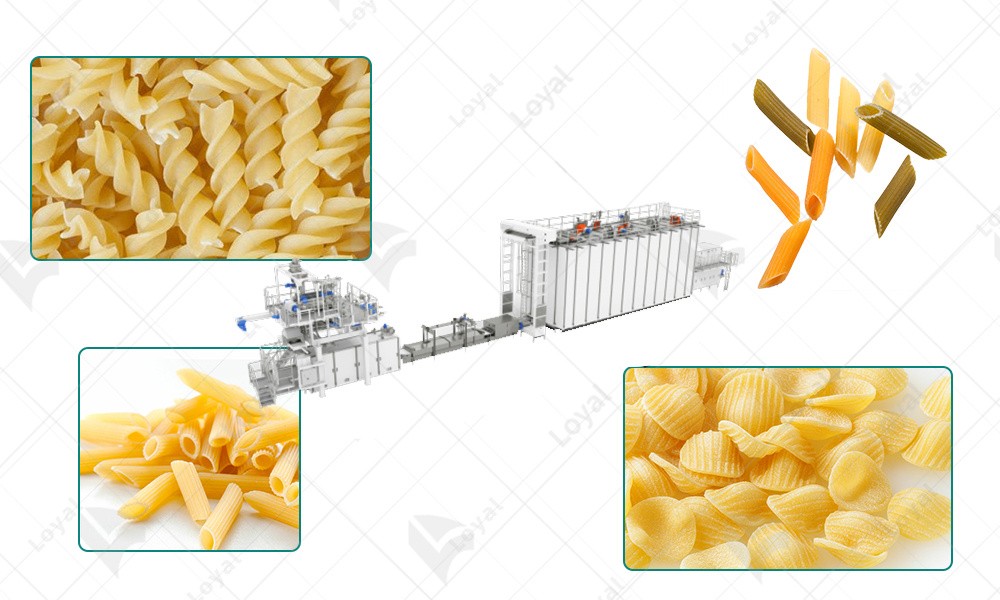
The Technological Leap
In recent years, the pasta manufacturing landscape has witnessed a remarkable technological leap. Advanced pasta manufacturing machines incorporate cutting-edge features that redefine efficiency. These machines not only streamline the production process but also enhance the quality of the final product. The impact of technology on pasta quality and production speed is profound, contributing to the industry's overall advancement.
Exploring the latest technological advancements, we find that high-efficiency features are at the forefront. These include precision extrusion mechanisms, automated drying processes, and intelligent control systems. As we delve into a detailed analysis, it becomes clear how these features synergize to elevate the efficiency of pasta manufacturing machines, making them indispensable in the modern food processing industry.
Energy Efficiency in Pasta Production
Efficiency goes hand in hand with sustainability, and the energy-saving capabilities of advanced pasta manufacturing machines play a pivotal role in achieving this balance. Comparing these machines with their traditional counterparts reveals a substantial reduction in energy consumption. Through meticulous examination, we unveil the secrets behind the success of energy-efficient implementations, showcasing real-world case studies of prominent brands like Barilla, De Cecco, Creamette, San Giorgio, and Great Value.
Revolutionizing Production Processes
The integration of high-efficiency machines is reshaping pasta production workflows, leading to increased output and reduced production time. Innovations such as continuous production lines and automated packaging have revolutionized how pasta is manufactured. Real-world examples from leading companies illustrate the tangible benefits of embracing these advanced technologies, underscoring the transformative impact on overall production processes.
Environmental Impact and Sustainability
As we explore the environmental benefits of using energy-saving machines, the theme of sustainability takes center stage. The discussion delves into eco-friendly practices in pasta manufacturing, emphasizing the need for the industry to embrace sustainable production methods. Case studies spotlight companies that have successfully integrated sustainability into their operations, contributing to a greener and more responsible pasta manufacturing sector.

Challenges and Solutions
The journey towards adopting high-efficiency machines is not without its challenges. In this section, we address common issues associated with the transition and provide practical solutions. Drawing from expert insights and recommendations, we guide industry stakeholders on overcoming obstacles, ensuring a smooth implementation of advanced pasta manufacturing technologies.
Future Trends
Looking ahead, we predict exciting developments in pasta manufacturing technology. Emerging trends in high-efficiency and energy-saving solutions are poised to shape the industry's future landscape. Anticipated advancements, such as artificial intelligence-driven quality control and enhanced sustainability measures, are discussed, offering a glimpse into the next phase of evolution for pasta manufacturing machines.
Conclusion
In conclusion, the revolutionizing impact of high-efficiency and energy-saving machines on pasta manufacturing cannot be overstated. This journey through the evolution of technology, sustainability, and production processes highlights the industry's commitment to progress. As we recap the transformative impact of these machines, a call to action resonates—a call for the entire industry to embrace sustainable pasta manufacturing. The future of pasta production is bright, promising continued advancements and a deliciously sustainable future.
FAQs: Common Questions About Pasta Manufacturing Machines
As we delve into the intricacies of pasta manufacturing machines, it's essential to address common questions that often arise in the minds of industry professionals, enthusiasts, and those keen on understanding the nuances of this transformative technology.
Q1: How do high-efficiency pasta manufacturing machines differ from traditional ones?
A1: High-efficiency machines incorporate advanced features such as precision extrusion mechanisms, automated drying processes, and intelligent control systems. These innovations optimize the production process, resulting in increased output, improved quality, and reduced energy consumption compared to traditional machines.
Q2: What is the significance of energy efficiency in pasta production?
A2: Energy efficiency is crucial for sustainable pasta manufacturing. Advanced machines significantly reduce energy consumption, contributing to environmental conservation. This not only aligns with global sustainability goals but also enhances the cost-effectiveness of pasta production in the long run.

Q3: Can you provide examples of successful energy-efficient implementations in pasta manufacturing?
A3: Certainly. Leading pasta brands like Barilla, De Cecco, Creamette, San Giorgio, and Great Value have embraced energy-efficient machines, showcasing successful implementations. These brands serve as industry benchmarks, demonstrating the positive impact of adopting advanced technologies on both production efficiency and product quality.
Q4: How do high-efficiency machines revolutionize pasta production workflows?
A4: High-efficiency machines revolutionize workflows by introducing continuous production lines and automated processes. This leads to increased output and reduced production time, streamlining the entire manufacturing process. Real-world examples from industry leaders underscore the transformative impact on overall production efficiency.
Q5: What are the environmental benefits of using energy-saving machines in pasta manufacturing?
A5: Energy-saving machines contribute to a more sustainable and eco-friendly pasta manufacturing process. By reducing energy consumption, these machines help minimize the industry's carbon footprint, promoting environmentally responsible practices. The adoption of sustainable technologies aligns with global efforts to address climate change and environmental degradation.
Q6: What challenges are associated with adopting high-efficiency pasta manufacturing machines?
A6: The transition to high-efficiency machines may pose challenges, including initial investment costs, training requirements, and potential disruptions in existing workflows. However, industry experts provide valuable insights and recommendations to address these challenges, ensuring a smooth and successful implementation.
Q7: What does the future hold for pasta manufacturing technology?
A7: The future of pasta manufacturing technology is marked by exciting trends, including artificial intelligence-driven quality control and enhanced sustainability measures. These trends are poised to shape the industry, offering innovative solutions for further efficiency improvements and environmental conservation.
Contact Us

- Shandong Loyal Industrial Co.,Ltd.
- Telephone+86 13176674591
- Email[email protected]
- WhatsApp+86 13176674591
- WeChat13176674591
- AddressC623, Jiahui Global Plaza, No. 548, Beiyuan Street, Tianqiao District, Jinan City, Shandong Province
- Factory AddressADD -300m North of Zhangxia Industrial Park, Binhe Road, Zhangxia Town, Changqing District, Jinan
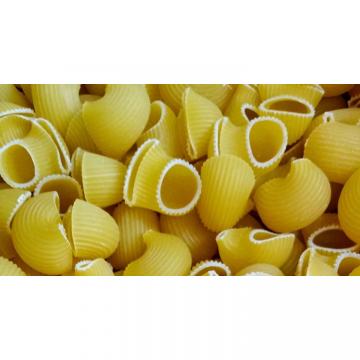

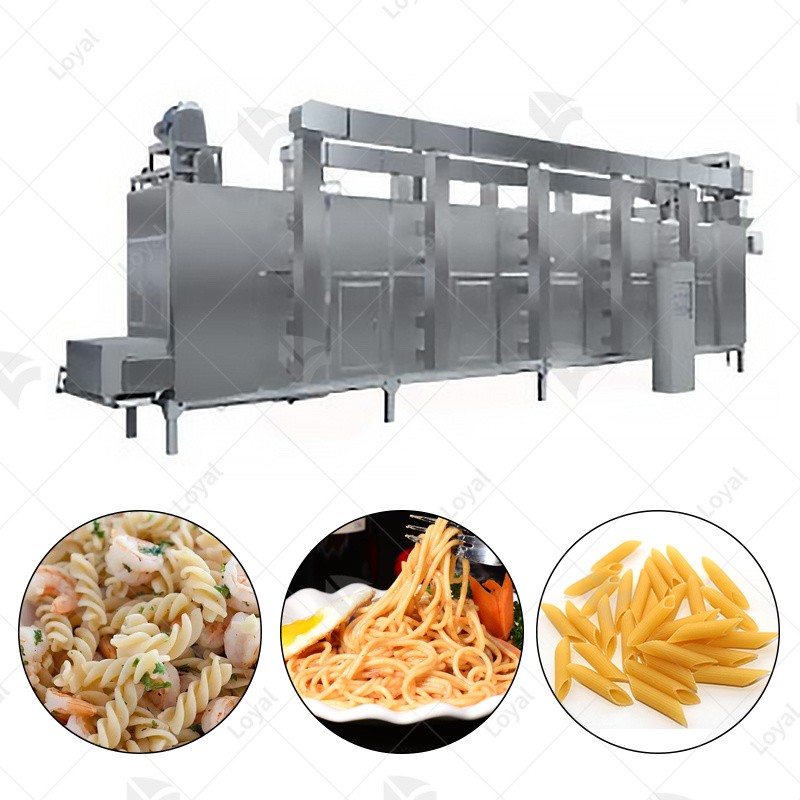

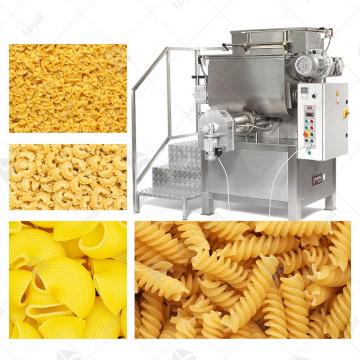
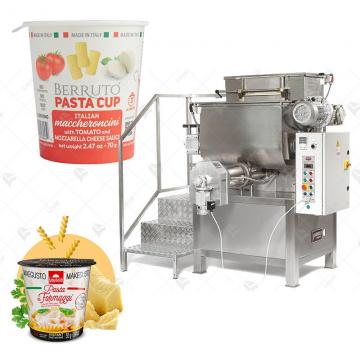 INSTANT PASTA CUP PRODUCTION LINE
INSTANT PASTA CUP PRODUCTION LINE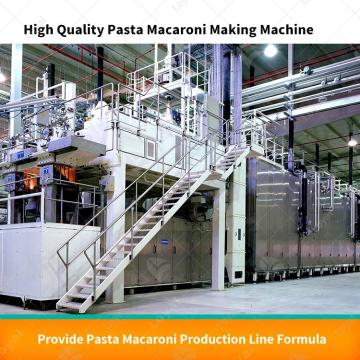 DRY PASTA PRESS MACHINE
DRY PASTA PRESS MACHINE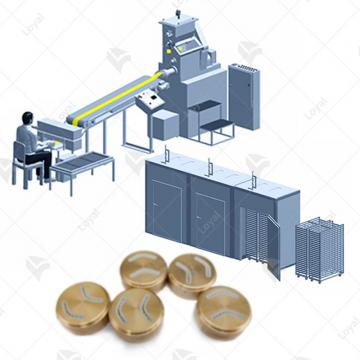 Dry Pasta Production Line
Dry Pasta Production Line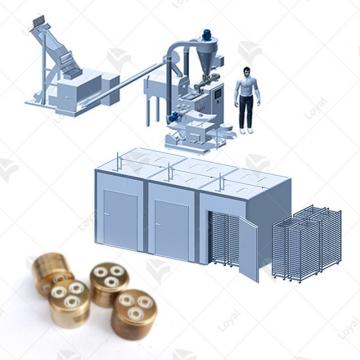 Combined Pasta Production Line
Combined Pasta Production Line